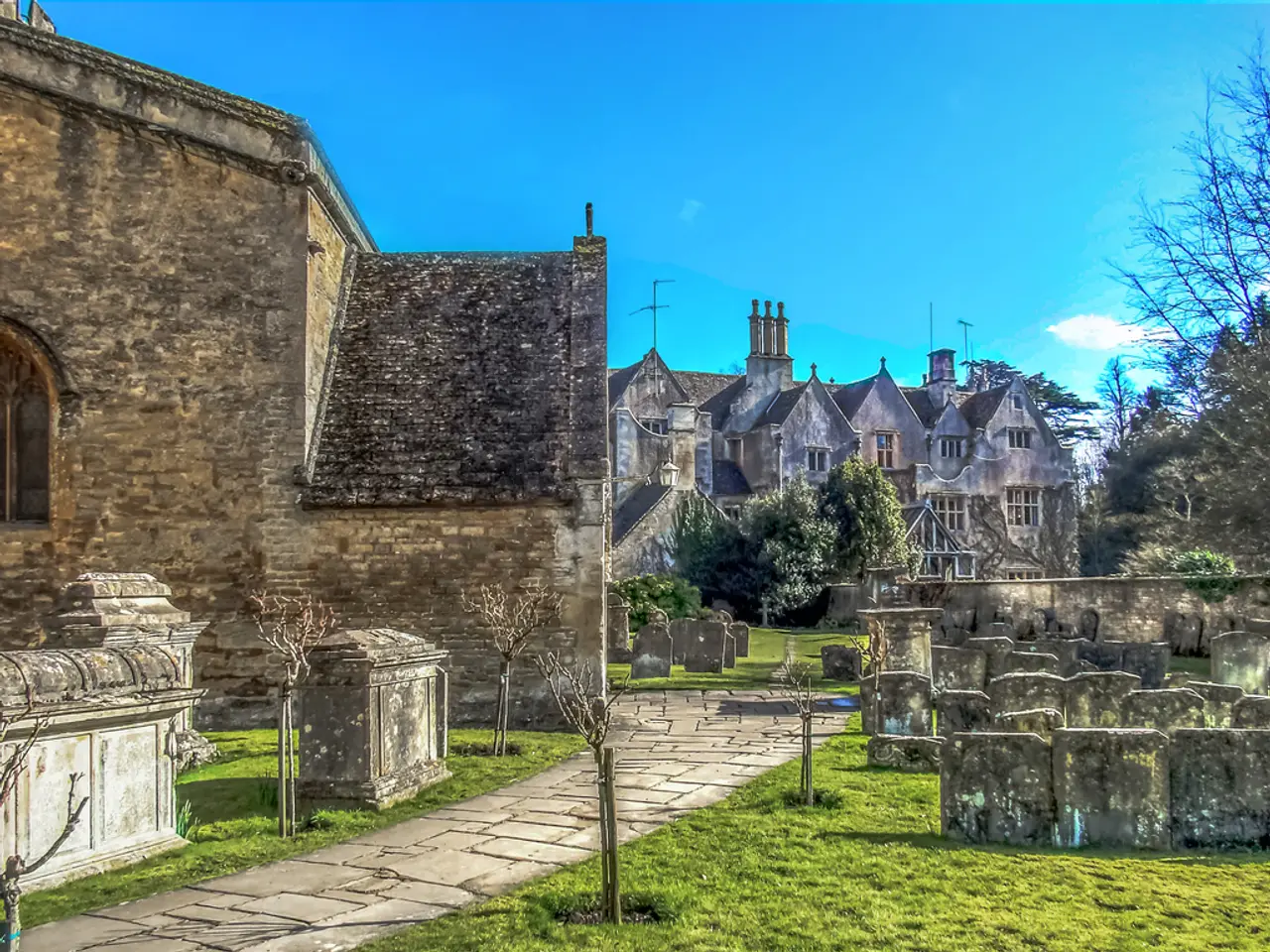Simplified Living in Tiny Homes Yields Major Advantages
Living Small, Living Meaningfully: The Tiny House Movement in the United States
In a world where the average American home continues to grow in size, two individuals have chosen to buck the trend and embrace a simpler life. Marc Authier and Sharon Petz have joined the Tiny House Movement, a growing movement advocating for living in buildings 400 square feet or less.
The Tiny House Movement, with its roots in minimalist philosophy, promotes a lifestyle of less material accumulation and waste. Proponents argue that this approach leads to a more sustainable, economically independent, and spiritually fulfilling life.
In the United States, the average house size has grown significantly over the years. From 1,780 square feet in 1978 to 2,662 square feet in 2013, the increase in living space has come at a cost to the environment and personal finances. The Tiny House Movement offers a solution to this issue, with buildings that use fewer resources, consume less energy, and can incorporate renewable energy sources like solar or wind power.
Economically, the movement supports financial independence by drastically lowering costs related to housing such as mortgages, property taxes, and utilities. This reduction in expenses allows individuals to avoid debt and gain freedom to work flexibly or travel, enhancing lifestyle choices.
Sharon Petz, who recently had a customized Tiny House built on an 8' x 20' trailer, is one such individual. Her 194-square-foot home, named The Rose of Sharon, features Danish Minimalism-inspired designs and multi-functional furniture to keep the space uncluttered. The bathroom includes a rainhead shower, sandstone shower wall, a wall-mounted faucet, a vessel sink on a granite countertop, a composting toilet, and upgraded lighting.
Marc Authier, who built his first Tiny House in 2008, shares Petz's sentiment. Authier's home, around 120 square feet, was built using recycled materials and self-constructed. Authier, who grew up with more but found himself happiest with less, is planning to build a treehouse on the river.
The growth of the Tiny House Movement is supported by evolving legal frameworks in various U.S. states. For example, California recognizes tiny homes as legal dwellings or Accessory Dwelling Units (ADUs), facilitating more affordable and flexible housing options. This legal acceptance helps integrate tiny homes into urban planning and housing policy, encouraging sustainable community development.
In conclusion, the Tiny House Movement offers a practical and sustainable solution to the growing issue of excessive housing size in the United States. By embracing a minimalist lifestyle, individuals can reduce their environmental impact, lower their housing costs, and gain financial independence. As more people opt for smaller living spaces, the movement continues to attract a diverse demographic aiming for simplified, sustainable, and economically independent lifestyles.
Petz plans to try out her Tiny House after it is furnished and wants to compare the costs to her 2,000-square-foot house. For those considering joining the movement, building a Tiny House can cost as little as $3,500 or up to $25,000-35,000, depending on upgrades and hiring a contractor. Hiring a contractor can add $16,000 or more to the cost.
As the Tiny House Movement continues to grow, it serves as a testament to the fact that a simpler life can lead to a more meaningful one.
In the Tiny House Movement, individuals like Marc Authier and Sharon Petz champion a lifestyle that merges 'freedom' and 'minimalist living', showcasing how smaller homes can lead to greater 'life hacks' in terms of financial independence and sustainability. Petz's 194-square-foot Tiny House, named The Rose of Sharon, embodies this lifestyle, featuring 'home-and-garden' elements like a composting toilet and upgraded lighting.




